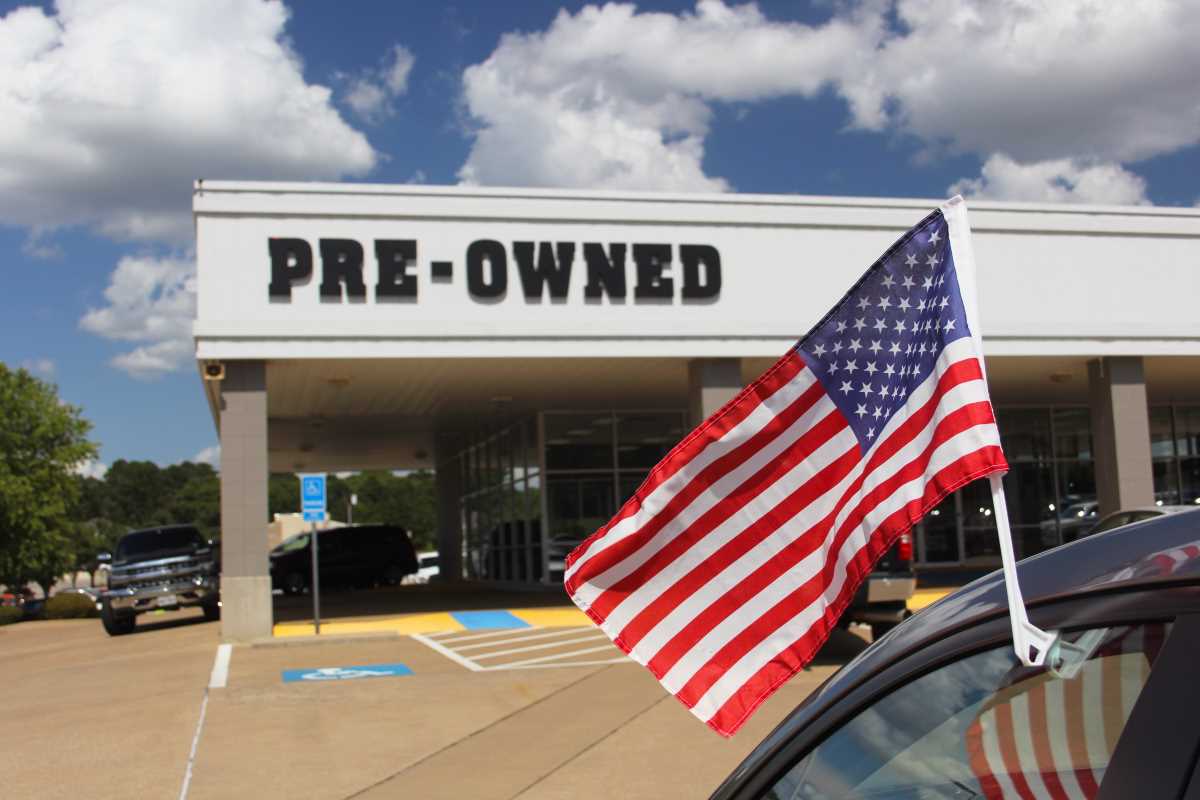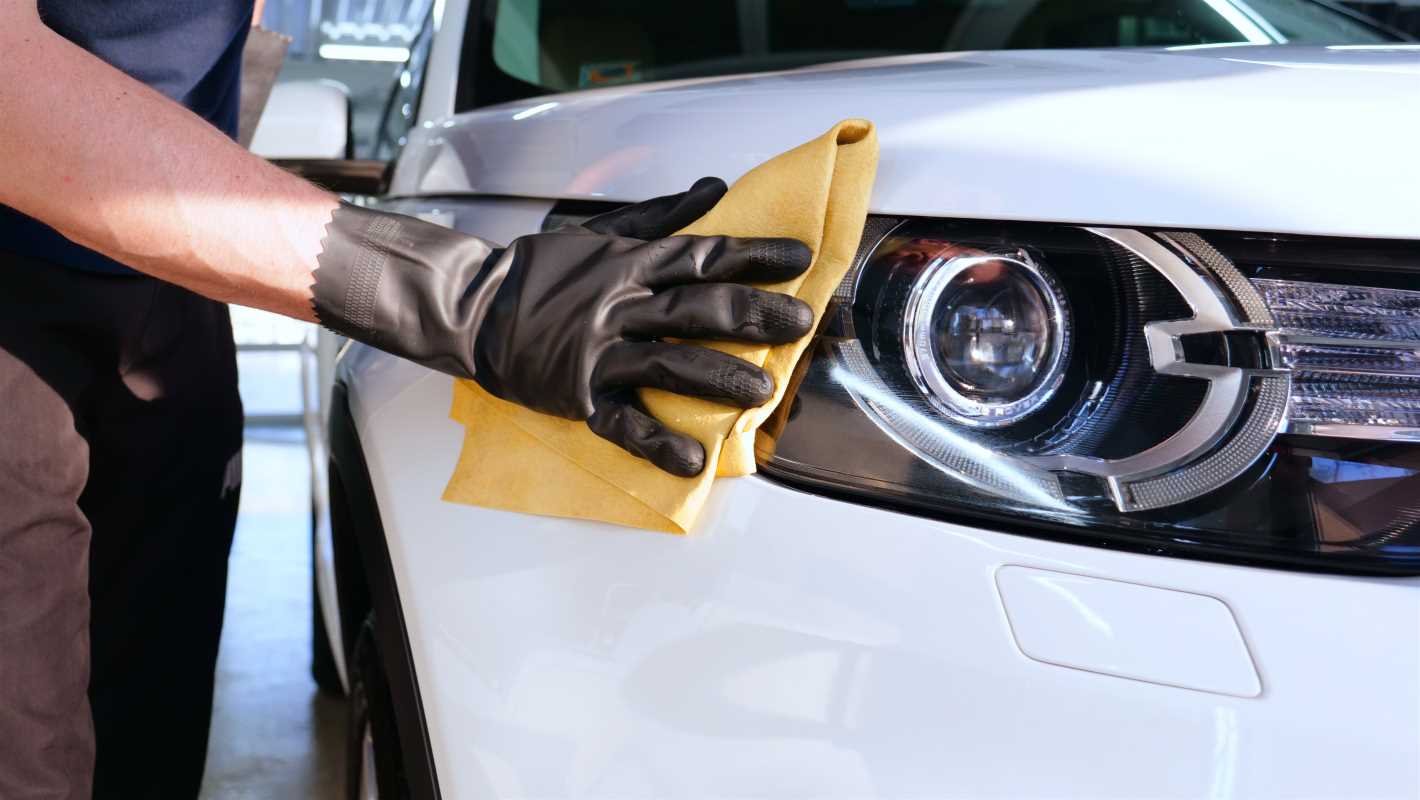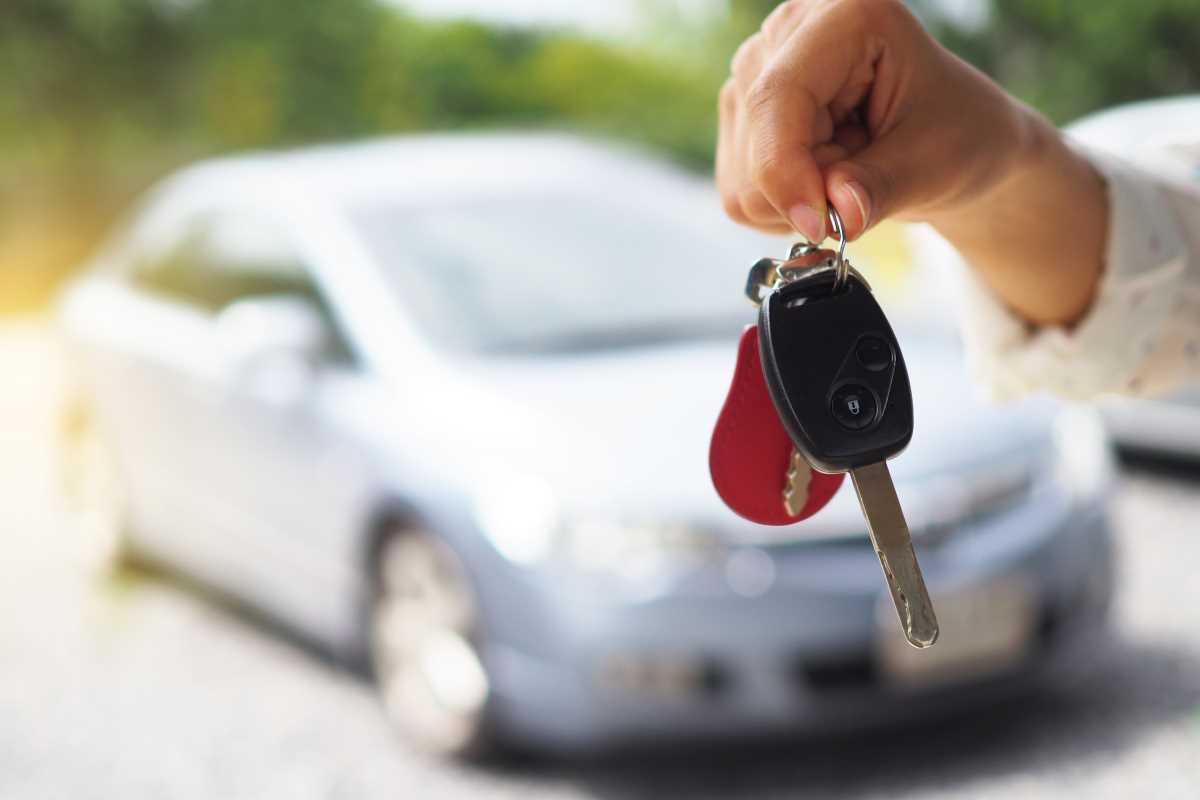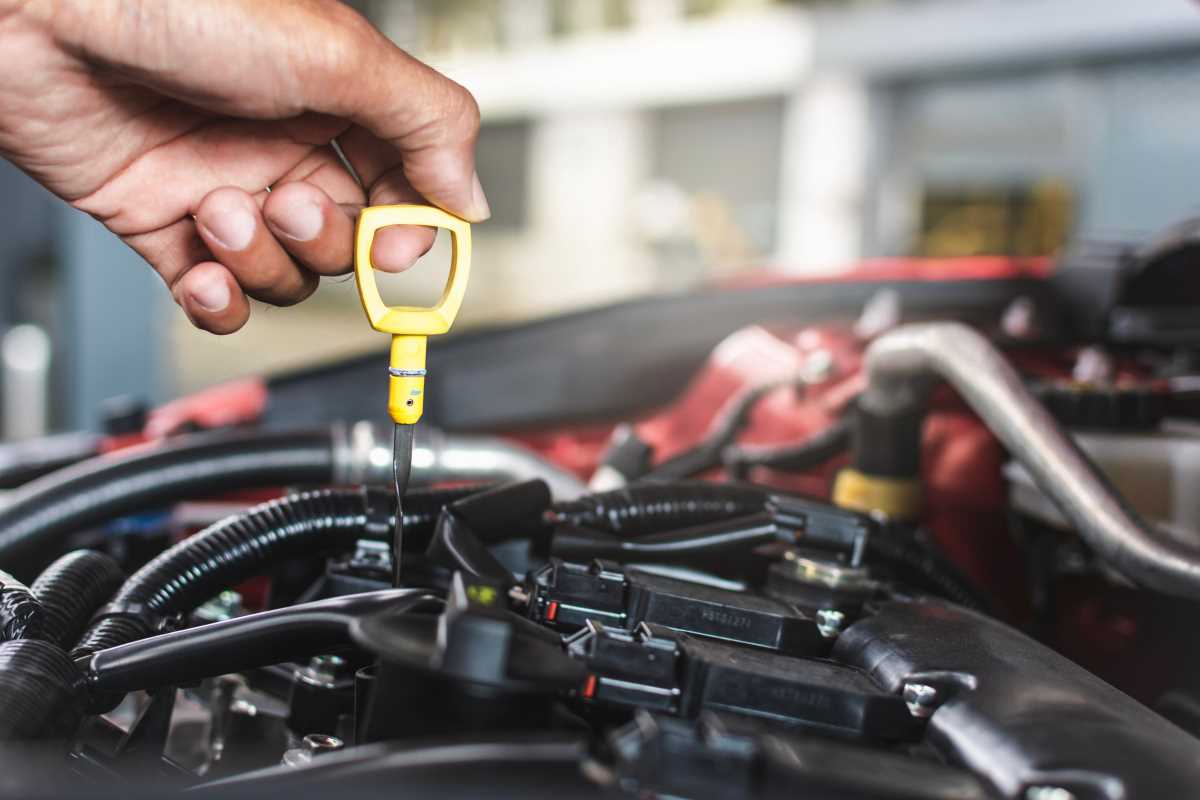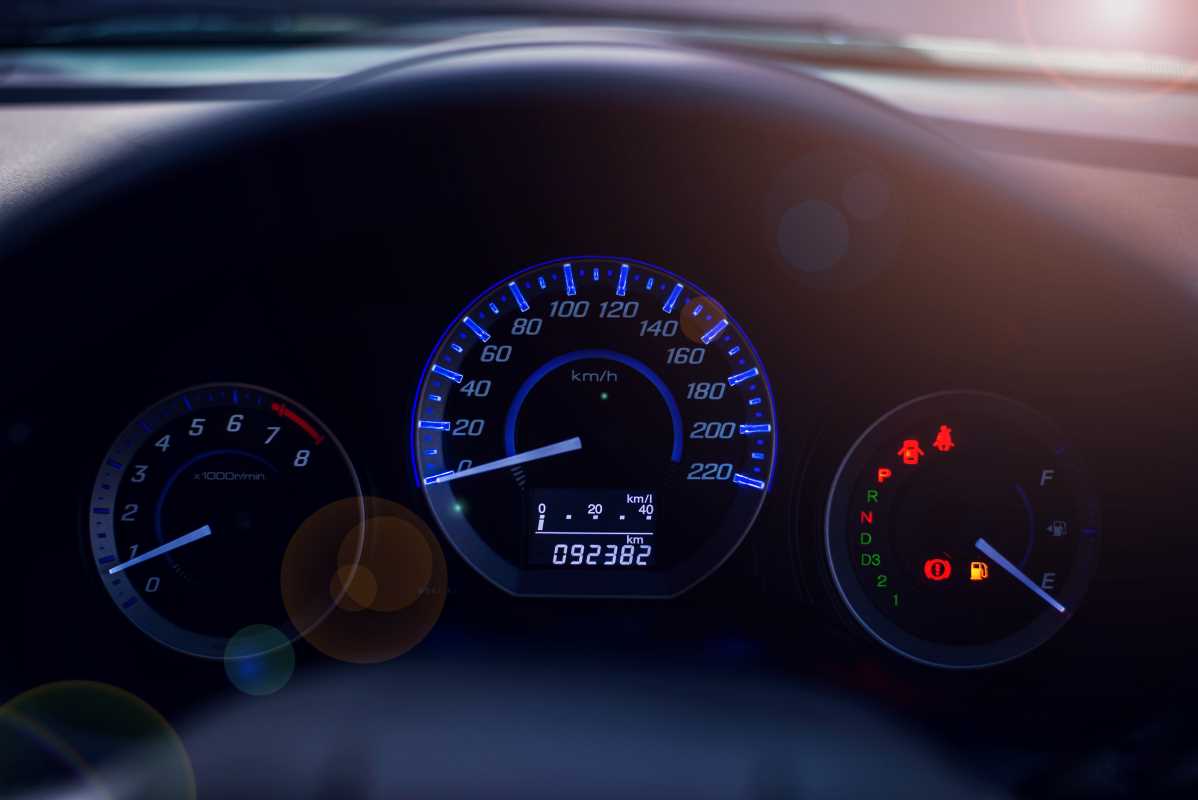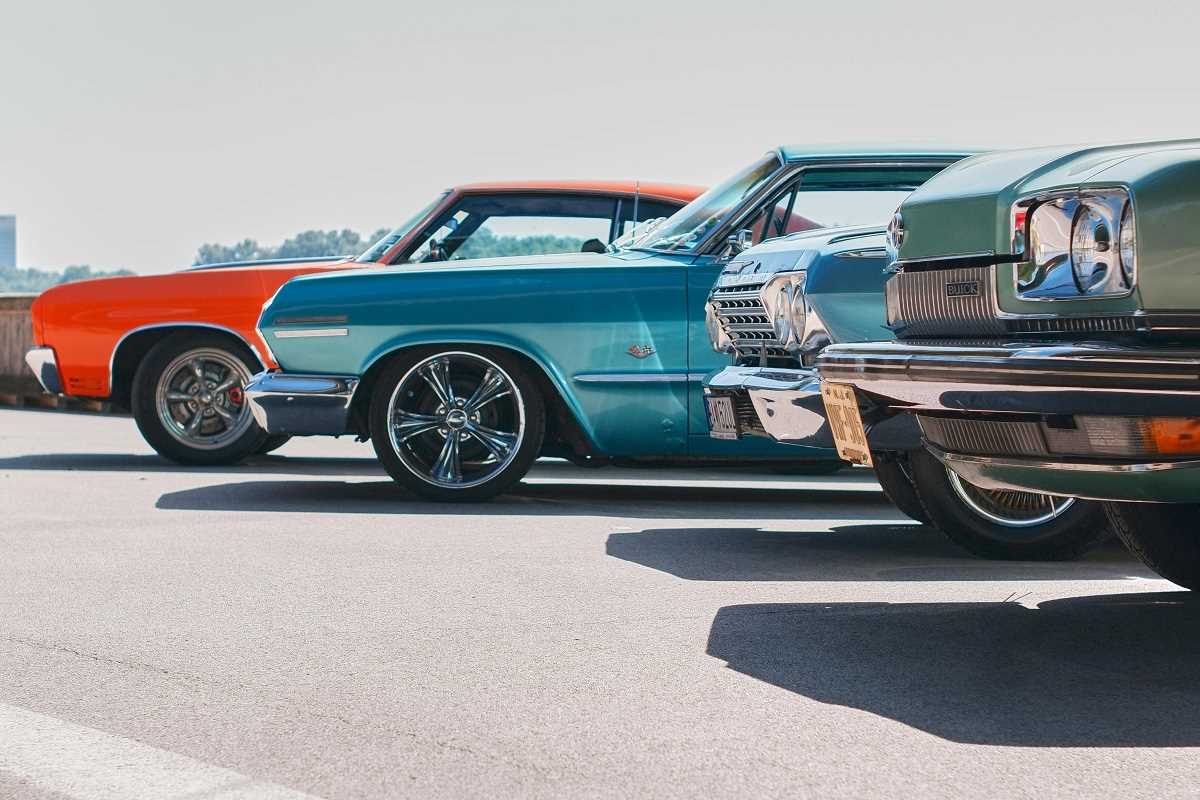Figuring out whether to lease or buy a used car can feel like deciding between two paths on a winding road. Each option comes with its perks and pitfalls, leaving car shoppers in 2025 wondering which route will save them the most money. With shifting economic factors, growing trends like subscription-based leasing, and changing vehicle values, the choice is anything but straightforward. While leasing is often associated with new cars, some dealerships now offer leases for used models, creating even more possibilities for budget-conscious buyers. But is leasing a used car the financially smarter move, or does buying still reign supreme? Let’s break it down so you can drive away feeling confident in your decision.
The Basics of Leasing a Used Car
Leasing a used car works much like leasing a new one, but with noteworthy differences in cost and options. When you lease a used vehicle, you’re essentially renting it for a set period, typically two or three years. You’ll agree to monthly payments, mileage limits, and a return date. The big twist? You’re leasing a car that’s already been on the road for a few years.
One major advantage of leasing a used car is the potential for lower monthly payments compared to leasing new. Since the vehicle has already depreciated, you’re paying for its remaining value rather than the sticker price. For example, leasing a three-year-old sedan could save you hundreds per month compared to a brand-new model.
Another perk is reduced depreciation-related costs. Someone else has already taken the biggest depreciation hit, which generally happens in the first few years of a car’s life. This means that leasing a used car often leaves you with less financial risk than leasing a brand-new vehicle.
That said, leasing agreements for used cars can be harder to find and typically apply only to certified pre-owned (CPO) vehicles. These are cars that have been thoroughly inspected and refurbished, meaning they’re likely in solid condition. Leasing a non-certified used car may not offer the same assurances, so you’ll want to tread carefully.
The Benefits of Buying a Used Car
Buying is the classic option that never goes out of style. If you purchase a used car, it’s yours. No mileage caps, no lease-end penalties, and no monthly payments once you’ve paid it off. This long-term ownership model offers flexibility and peace of mind, especially if you plan to keep the car for several years.
Lower upfront costs are a major draw when buying used. A pre-owned car that’s already three to five years old can cost tens of thousands less than a new one. Since used cars depreciate more slowly after their initial drop in value, you’ll still retain a decent portion of its worth if you decide to sell it later on.
Buying also means fewer restrictions. Leasing agreements typically include mileage limits, and exceeding them can result in steep penalties. If you’re someone who racks up a lot of miles on road trips or long commutes, buying might be the better choice. You also won’t have to worry about returning the car in pristine condition. Normal wear and tear are no big deal to the owner, but can incur charges if you’re leasing.
While the initial price tag of buying may appear higher than leasing, remember that, once the car is paid off, you’ll have years of essentially “free” driving apart from maintenance and insurance costs.
Monthly Costs Compared
The monthly cost is one of the biggest factors influencing leasing versus buying decisions. Leasing tends to appeal to bargain hunters because it often comes with lower monthly payments. For instance, leasing a used compact SUV might cost $250 to $300 per month. Compare that to financing the same used vehicle, which could run closer to $400 or more, depending on the loan terms and interest rates.
However, the catch with leasing is there’s no equity at the end. Once your lease is up, you’ll have to return the car and either lease another one or purchase a vehicle outright, starting the cycle over again. Buying, on the other hand, gives you ownership. Even though the monthly payments are higher, you’re building equity in the vehicle, which you can sell or trade in down the road.
Leasing also includes a few additional fees, such as a possible down payment, acquisition fees, and lease-end charges if you don’t meet the terms of the agreement. Those extra costs can add up, narrowing the gap between leasing and buying. Meanwhile, when purchasing, your only recurring payment is your car loan, making budgeting easier once it’s paid off.
A Look at Long-Term Costs
When it comes to long-term financial impact, buying a used car usually wins out. After all, ownership means that once your loan is paid in full, you’re done with monthly payments. If the car is well-maintained, you could drive it for years more without needing to invest a significant amount of money other than maintenance.
Leasing, on the other hand, is more like renting. While it provides flexibility and lower initial costs, you’ll have to budget for ongoing expenses whenever it’s time for a new car. Over the course of a decade, leasing three or four cars can easily be more expensive than owning and maintaining one.
Used cars also tend to be more forgiving in terms of wear and tear. If you buy a pre-owned vehicle, small dings and scratches are just part of the experience. Leased vehicles usually need to be returned in excellent condition, which can lead to repair costs if you’re not careful.
The Driving Habits Factor
Your driving habits play a huge role in deciding whether to lease or buy. Lease agreements typically impose limits on annual mileage, often between 10,000 and 15,000 miles. Exceeding the mileage allowance comes with fees that can add up fast. For someone who commutes long distances or frequently takes road trips, buying may be the smarter option.
If you drive less and prefer to switch cars every few years, leasing might suit you better. It allows you to enjoy a reliable, relatively new vehicle without worrying about selling it later or dealing with out-of-warranty repairs. For city drivers or those who don’t rack up a lot of miles, leasing a used car can strike the perfect balance of affordability and convenience.
Warranty and Maintenance Costs
A significant advantage of leasing certified pre-owned cars is that they often come with extended warranties. This warranty covers major repairs during the lease term, so you won’t be on the hook for costly fixes. Buying, however, may leave you responsible for repairs once the original warranty expires.
Still, owning gives you control over your maintenance choices. While leased cars must be serviced according to strict guidelines to avoid penalties, owning allows you to decide how and where repairs are performed. This could save money if you have a trusted local mechanic instead of relying on dealership service centers.
 (Image via
(Image via